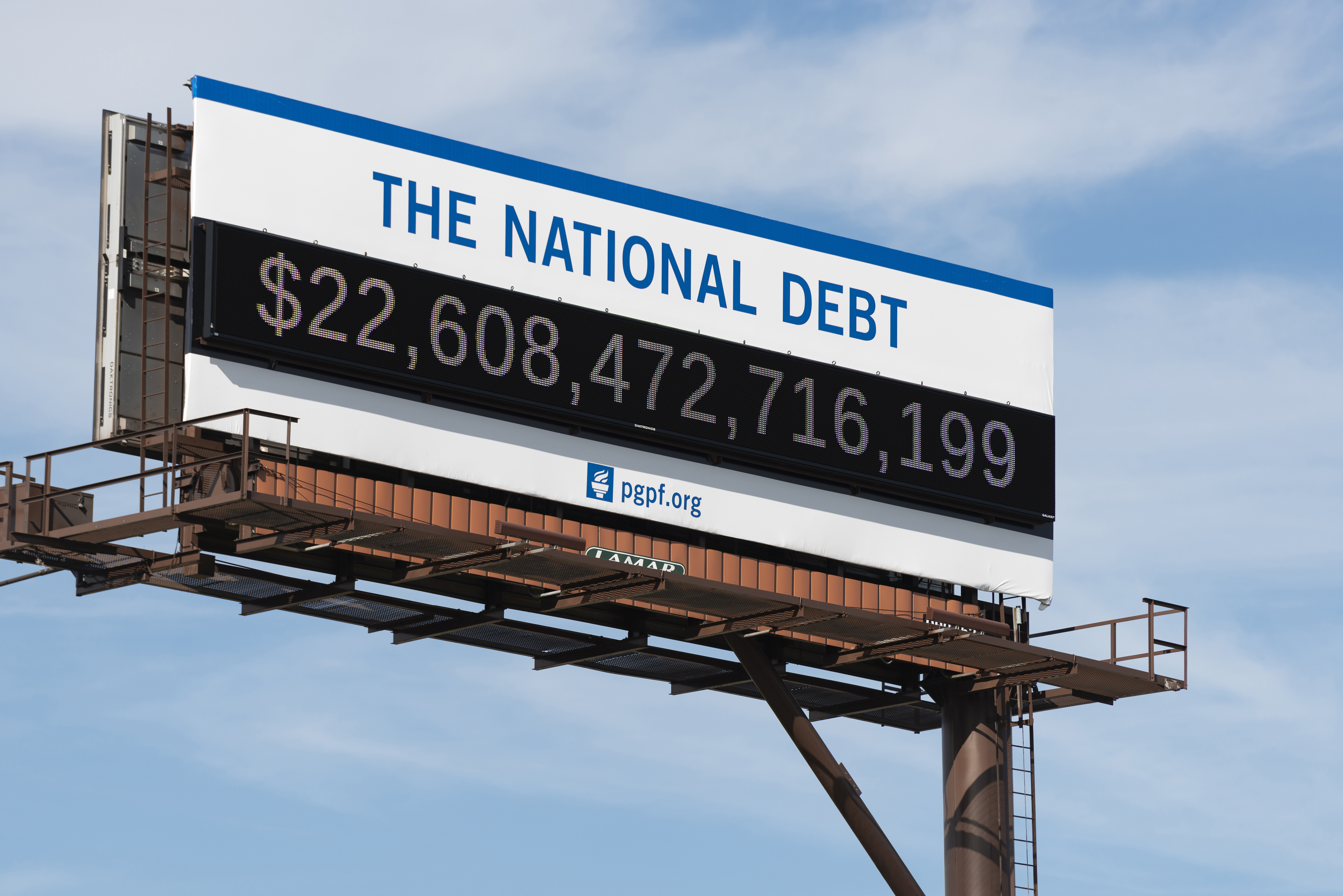
Examples include payments under the Quebec Pension Plan, motor vehicle insurance (SAAQ), parental insurance (RQAP) or even subsidized spaces in childcare centres. Should we worry about the government’s debt?Ī great risk is hidden in another form of government indebtedness: its commitments to pay benefits under a vast array of social programs. In 2021-2022, debt servicing cost the government and government agencies $8.4 billion, or $983 per Quebecer. How much does debt service cost the government every year? However, the same people that insist on including government assets in its debt generally reject that option. The Quebec government could sell crown corporations such as Hydro-Québec (as proposed already by Claude Garcia in a Research Paper published by the MEI) to restore its finances. These assets are certainly part of Quebecers’ financial heritage, but they do not reduce the overall bill – or the growing interest – that Quebecers will have to pay. This is why neither the government nor the auditor general takes these assets into account in attempting to paint a realistic picture of the debt that Quebecers will eventually have to repay. Moreover, it is highly unlikely that the government would sell schools or bridges at some point to pay off the debt. It is hard to assess the market value of government-owned fixed assets and infrastructure (roads, bridges, schools, national parks, etc.) since there are no relevant markets. These assets came to $16 billion as of March 31, 2022. The only “liquid” assets of the government, those that could be sold quickly to pay off debt, are net financial assets. Why not take government assets into account? Public sector debt is therefore the most exhaustive measure of Quebec’s debt, the one that provides a picture of what the government of Quebec borrows either directly or indirectly. When analyzing a government’s indebtedness, it is necessary to go beyond what it manages directly and include the health and education networks, municipalities and other entities under the government’s ultimate responsibility, since the government guarantees their debt. Questions & Answers about Quebec's Debt 1. Public sector debt includes the government’s gross debt as well as the debt of Hydro-Québec, of the municipalities, and of the universities other than the Université du Québec and its constituent universities.īased on data provided by the Quebec Department of Finance in its March 2022 budget (which does not take into account Quebec’s share of the federal debt), we estimate that the debt will increase by $14.9 billion by March 31, 2023, the equivalent of $40.8 million per day, $28,344 per minute, or $472 per second.

Our Quebec “Debt Clock” shows the growth of the public sector debt in real time. Watch our short video “The Story of Quebec’s Debt” Thank you in advance for your time and attention. Since the tax burden is already very high, the solution must involve a reduction in government expenditures so that we can eliminate the deficit and then start paying down the debt. The Quebec government has to stop continually increasing the debt. This is the equivalent of $136,129 of debt per family of four, or $43,448 per taxpayer. As you know, the public sector debt has now reached over 294 billion dollars. I am writing to let you know about my deep concern regarding the state of Quebec’s public finances. Please copy & paste this message in your email and send it to: Minister of Finance,


 0 kommentar(er)
0 kommentar(er)
